
Joint Pain Cheat Sheet
If you are over 40 years old, then for sure you have seen these changes in your body. Your mobility starts to digress and all sorts of body pains surface, most noticeably in the back and joints.
The thing is, not many people seek remedies because we infer that it is common with age. Not entirely true.
Many people usually find relief in painkillers to help numb the pain and bring immediate relief. Then, they have gut issues, heart issues, liver problems, and so on. The side effects outweigh the limited benefits.
The natural approach is also effective in preventing inflammation and stopping the onset of pain.
Causes of Joint Pain
A joint is the joining point of two adjacent bones that allows the limb to bend. When that certain part becomes swollen and painful, it can affect mobility and may hamper daily activities.
Some of the common culprits and risk factors that may cause joint pains are:
- Bursitis
 Bone fracture
Bone fracture- Infections
- Tendinitis
- Rheumatoid arthritis
- Osteoarthritis
- Gout
- Lyme disease
- Fibromyalgia
- Obesity
- Age
Joint Pain Cheat Sheet
If you want to treat your joint pain you must get to its root cause to manage the pain and inflammation. The particular treatment will depend on your age, symptoms, and general health you have.
Sadly, if your joint pain is triggered by arthritis, there is currently no cure for it, according to Johns Hopkins Medicine. Fortunately, any arthritic pain and joint pains can be minimized and better managed by some simple hacks.
Picture this: you need to pick up something on the floor and there’s no pain that comes along. You’re able to fully stretch your body and you feel 10 years younger. No more cracking joint sounds.
If only there was a guide on how to manage pain naturally… But there is!
The Pain Management Protocol made me stand out above my friends. I followed the protocol and got rid of 90% of the aches in my body. I started being some sort of guru, teaching them what I got from the Rheumatoid Arthritis Protocol. You can check it out here.
Hot and Cold Therapy
The easiest home remedy to alleviate joint stiffness and pain is a hot or cold compress. Apply a heat pack or hot bottle over the area for 15 minutes to stimulate blood circulation. After the skin temperature has returned to normal, alternate with an ice pack for the next 15 minutes to numb the pain and reduce the swelling.
Weight Loss
Losing excess weight can lessen the strain on the joints and prevent further damage. Eating a balanced diet, getting physically active, and avoiding smoking and alcohol may help in the weight loss journey.
A healthy lifestyle lowers the chances of gout and high uric acid levels, which may also be the reason for joint pains.
The guide I mentioned above also contains 6 effective diets that will help in your weight loss journey with little effort and great reward.
Getting Enough Sleep
Lack of sleep or sleep disturbances unknowingly contribute to sore joints, according to a published study. To get a night of quality sleep, manage the factors that disrupt the sleep-wake cycle such as caffeine and alcohol intake, use of electronics, and irregular sleep schedules. Be mindful of sleeping positions that may exacerbate the pain. You should also consider using a supportive mattress to alleviate joint pain.
⇒ The Shocking Thing That Happens When You Sleep On Your Left Side (Video)
Herbal Remedies
Natural remedies and food supplements are available everywhere to help with joint pains. They are also available in different forms for oral and topical use. Some of the safest and most effective herbs and spices are:
Cayenne
This is the most effective spice against joint pains. It has capsaicin, a compound with a pain-reducing property that effectively works upon topical application. When taken orally, cayenne can improve blood circulation and has an analgesic effect that can numb the pain.
Turmeric
Turmeric is an excellent anti-inflammatory and antioxidant spice that can relieve joint pains and prevent cell damage. It can be taken orally or prepared as a paste for topical application.
Ginger
Ginger is a warming, anti-inflammatory spice that can be utilized against joint pains from different causes. Taking a cup of ginger tea with honey twice a day can minimize joint pains or prevent flare-ups.
Garlic
Garlic has an anti-inflammatory compound called diallyl disulfide that inhibits the pro-inflammatory cytokines. It does not only fight inflammation but may also prevent cartilage damage when consumed raw or cooked.
Cayenne and turmeric are blood thinners, so beware if you’re already on this type of meds.
Joint & Movement Salve
This Anti-Inflammatory salve targets Joint Aches and Pain, knee pain, shoulder pain, and arthritis. I wouldn’t recommend products that I don’t personally use nor see what others say about them. Here’s a review for this salve:
“I tried ibuprofen, Tylenol, heating pad… nothing was working. I was completely uncomfortable and just couldn’t get much done. Then I finally remembered I had Nicole’s Joint & Movement Salve and put that all over my back and in 20 minutes I was out of pain and was able to move easier. This salve was a life saver 🛟.”
Check out this non-GMO effective Joint & Movement Salve here.
Joint Pain Relief Tea
I made this recipe for you to prepare for achy joints, especially during frigid weather when the pain sensitivity is high and joint pains are most prevalent. Start using it in moderate amounts and listen to your body.
This healing tea is made from potent spices in their powdered form, so you can prepare it easily, even through your nagging pain.
Ingredients
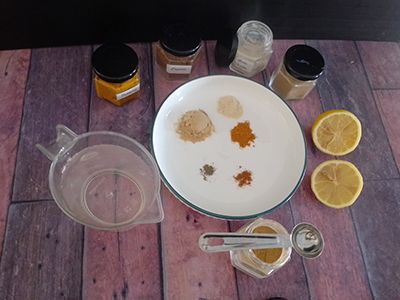
- 2 cups of water
- ¼ tsp of turmeric powder
- 1 tsp of ginger powder
- ½ tsp of garlic powder
- A pinch of cayenne pepper
- A pinch of black pepper
- Juice from 1 lemon
- Honey or agave are optional
Steps
- In a small saucepan, bring water to a boil and add the turmeric, ginger, garlic, cayenne, and black pepper powder.

- Reduce heat to low and simmer for 10 minutes.

- Remove from heat, add the lemon juice, and sweeten to taste. Stir well.

- Pour into a cup and drink while hot.

Have one to two cups of this Joint Relief Tea every day, preferably one before breakfast and one after dinner. However, if you have a gastric problem, avoid taking it on an empty stomach.








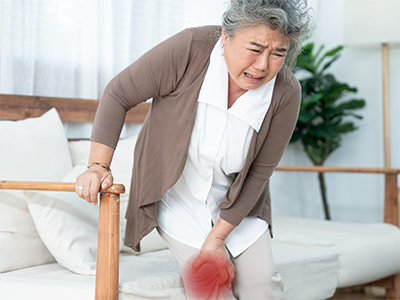 Bone fracture
Bone fracture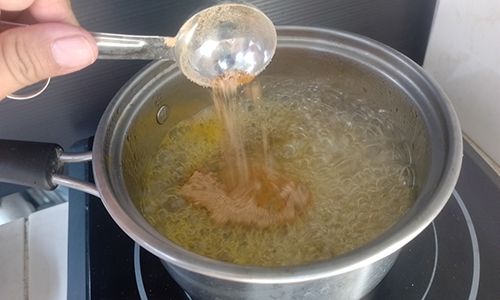
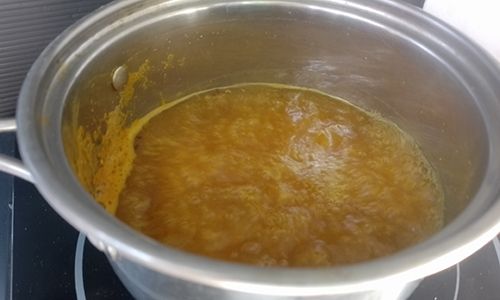
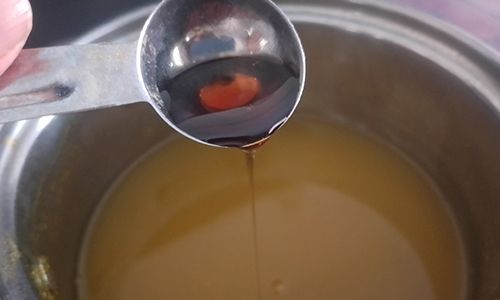
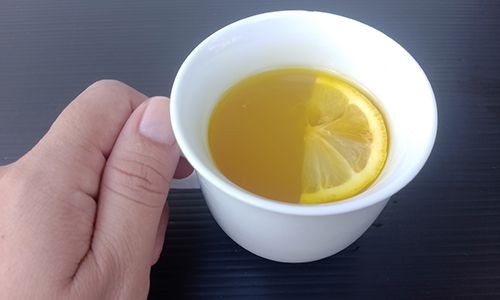
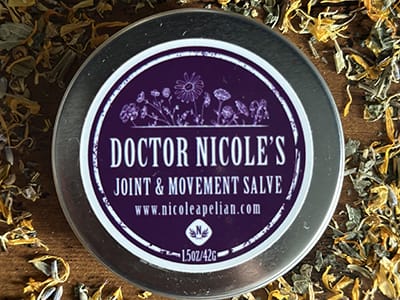
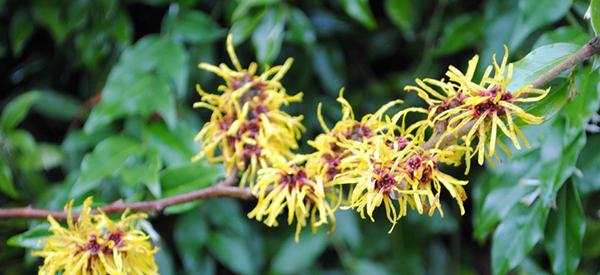
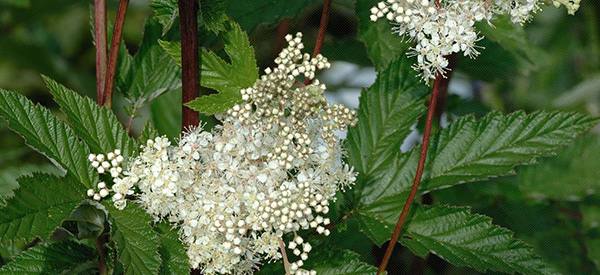

This could also be useful for people with connective tissue and joint disorders like EDS. You do not need to be 40 to have joint disorders, FYI!
Please what is the natural way of relaxing muscle to avoid medication on their deadly side effects?
Rub it out with a tennis ball of in an area possible, stretching. I’m no health nut or anything lol, but I’m constantly stretching.
I make up a mixture of several essential oils, including lavender, marjoram, sage, eucalyptus, rosemary and vetiver in a carrier oil like violet or rosehip because that’s what I have on hand. I rub it on my toes and calves before bed every night to prevent muscle spasms and I usually reapply it if I get up during the night. It works most of the time.
Question: Should the joint pain relief tea be strained after steeping?
Is there anything that will help with tinnitus
I use most of these ingredients in a joint pain salve.